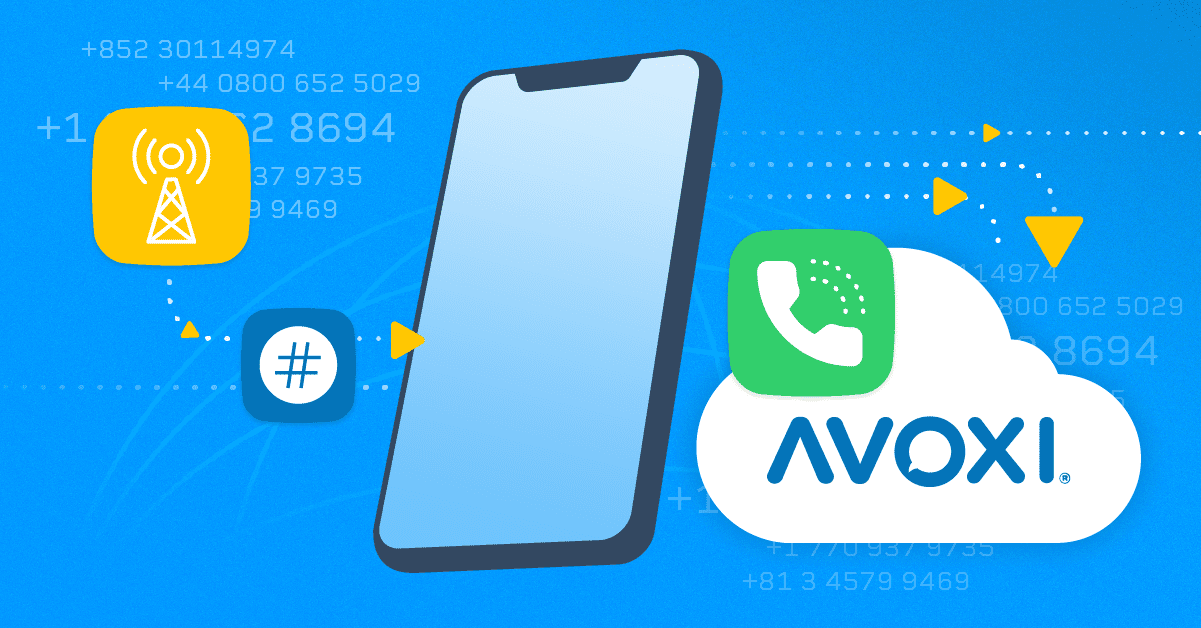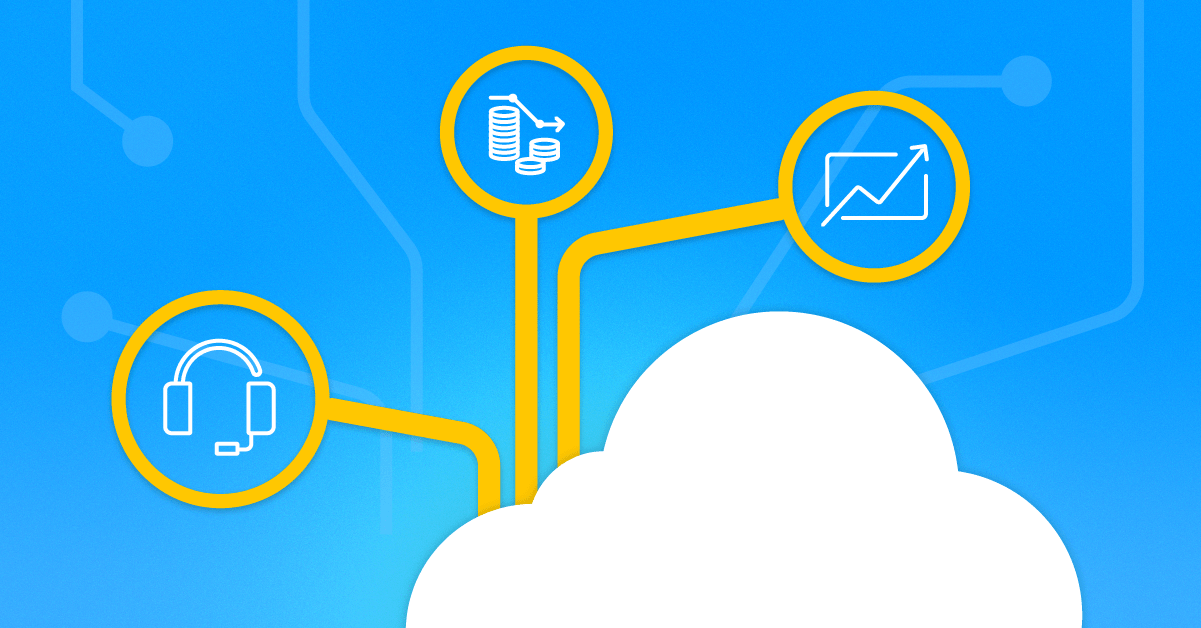Average Handle Time
Average Handle Time
What is Average Handle Time?
Average Handle Time (AHT) is a key performance metric used to measure the average duration of a customer interaction, encompassing the time a representative spends actively engaged with a customer and any follow-up tasks associated with that interaction. AHT is crucial in assessing the efficiency and effectiveness of call center operations and can influence broader organizational strategies.
To calculate Average Handle Time, the following formula is used:
AHT=Total Handling TimeNumber of Calls\text{AHT} = \frac{\text{Total Handling Time}}{\text{Number of Calls}}AHT=Number of CallsTotal Handling Time
Where:
- Total Handling Time is the sum of the duration of all calls (talk time) and any after-call work (ACW) performed by the agent.
- Number of Calls is the total number of customer interactions during the measurement period.
For example, if a call center representative spends a total of 300 minutes on 60 calls in a day, the AHT would be:
AHT=300 minutes60 calls=5 minutes per call\text{AHT} = \frac{300 \text{ minutes}}{60 \text{ calls}} = 5 \text{ minutes per call}AHT=60 calls300 minutes=5 minutes per call
Importance of Average Handle Time
Efficiency Measurement
AHT helps in gauging the efficiency of CSRs. A lower AHT can indicate that representatives are resolving issues quickly, which may enhance customer satisfaction. However, it is essential to balance speed with service quality.
Resource Management
By analyzing AHT metrics, call centers can better manage staffing levels. High AHT may signal the need for additional training for representatives or adjustments in workflow processes, while low AHT can highlight the effectiveness of existing protocols.
Customer Experience
AHT can impact the overall customer experience. Customers generally prefer prompt service, but if representatives rush through calls, it can lead to unresolved issues and dissatisfaction.
Performance Evaluation
AHT serves as a benchmark for assessing individual and team performance. Managers can use AHT metrics to identify top performers and those who may need additional support or training.
Average Handle Time Metrics
When examining AHT, it is important to consider other related metrics that provide a comprehensive view of call center performance:
First Call Resolution (FCR)
This metric indicates the percentage of calls resolved during the first interaction. A high FCR rate typically correlates with lower AHT, as representatives are able to efficiently resolve issues without requiring follow-ups.
Customer Satisfaction Score (CSAT)
Measuring customer satisfaction is critical. Understanding customer feedback can provide insights into whether a lower AHT negatively impacts service quality.
Service Level
This metric tracks the percentage of calls answered within a specific timeframe. Maintaining appropriate service levels while managing AHT is vital for customer satisfaction.
Call Abandonment Rate
This measures the percentage of calls that are disconnected by customers before they are answered. High AHT can contribute to longer wait times, increasing the risk of abandoned calls.
Best Practices for Managing Average Handle Time
Training and Development
Invest in ongoing training programs for CSRs. This helps them develop problem-solving skills and product knowledge, which can lead to quicker resolution times.
Use of Technology
Implementing advanced call center software can help streamline processes and reduce AHT. Features such as automated call distribution (ACD) and customer relationship management (CRM) systems can enhance operational efficiency.
Monitor and Analyze AHT
Regularly track AHT metrics to identify trends and areas for improvement. Use dashboards to visualize data and facilitate decision-making.
Encourage Effective Communication
Train representatives to ask targeted questions that quickly identify customer needs. This can reduce call duration while ensuring that customer issues are addressed adequately.
Implement Quality Assurance Programs
Regularly review calls for quality and compliance. This helps ensure that representatives maintain a high level of service while managing AHT.
Set Realistic AHT Targets
Establish AHT benchmarks that are realistic and aligned with service level goals. Encourage representatives to focus on quality rather than merely chasing numbers.
Foster a Positive Work Environment
A motivated workforce can significantly impact performance. Recognize and reward agents who excel at managing AHT while maintaining high customer satisfaction.
Feedback Loops
Create channels for CSRs to provide feedback on common customer issues. Understanding recurring problems can help in creating solutions that streamline interactions and reduce AHT.
Conclusion
Average Handle Time is a vital metric, reflecting the balance between efficiency and customer satisfaction. While it is essential for monitoring performance and optimizing workflows, it must be considered alongside other metrics such as First Call Resolution and Customer Satisfaction. Reach out to AVOXI to learn how to apply best practices and continuously analyze AHT data so you can enhance your service quality, ultimately leading to improved customer experiences and operational success.
Additional Resources

PSTN Replacement
Guide to Voice Termination Services

Retain Phone Number
International
Number Porting

Virtual Phone Line
Benefits of
SIP Trunking
Interested in Learning More?
AVOXI is the cloud communication platform of choice for enterprises and companies with international markets. The road to modernized communications has never been easier, learn what AVOXI can do for you today.